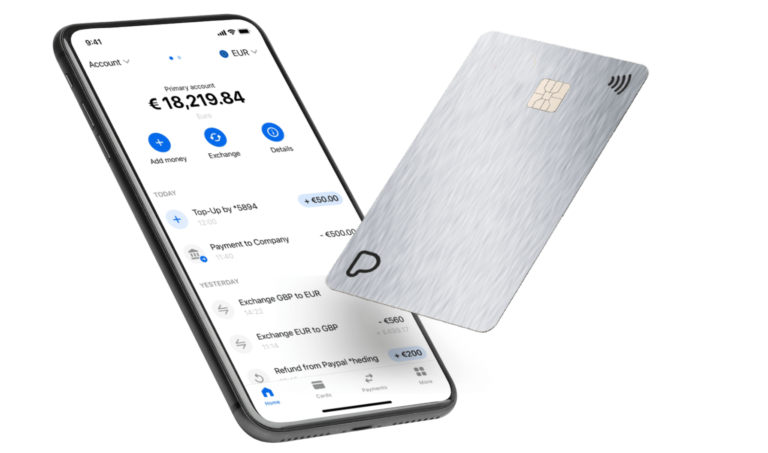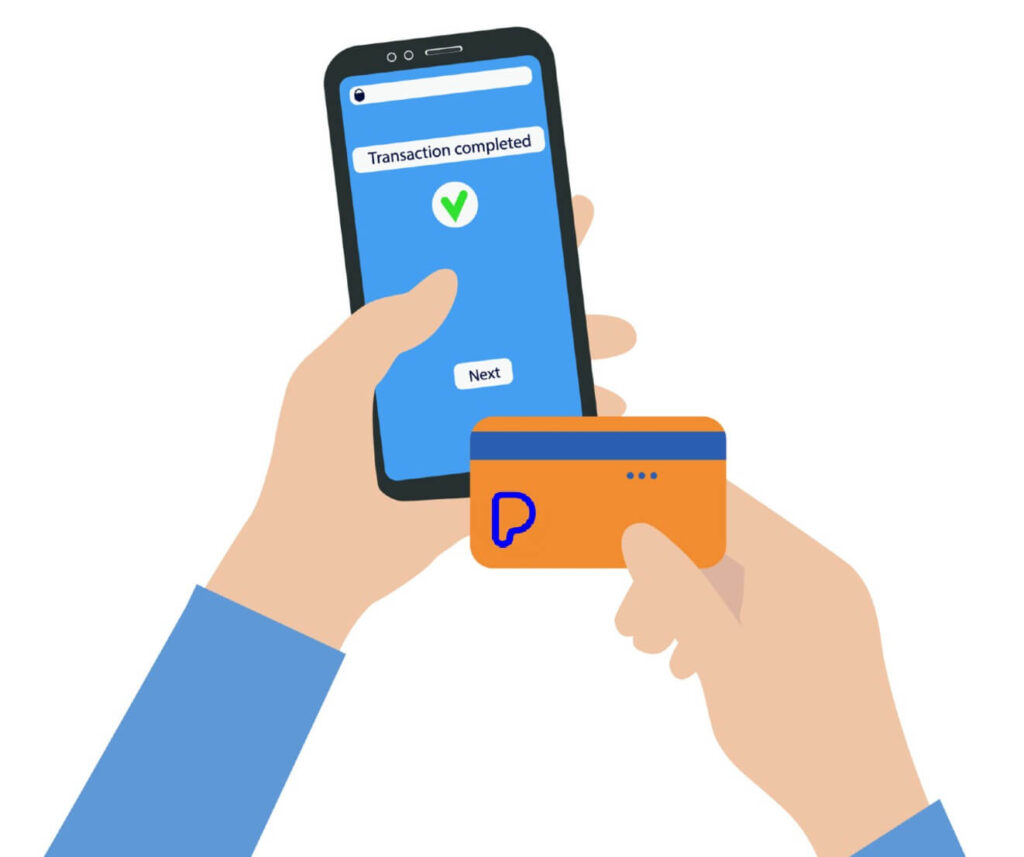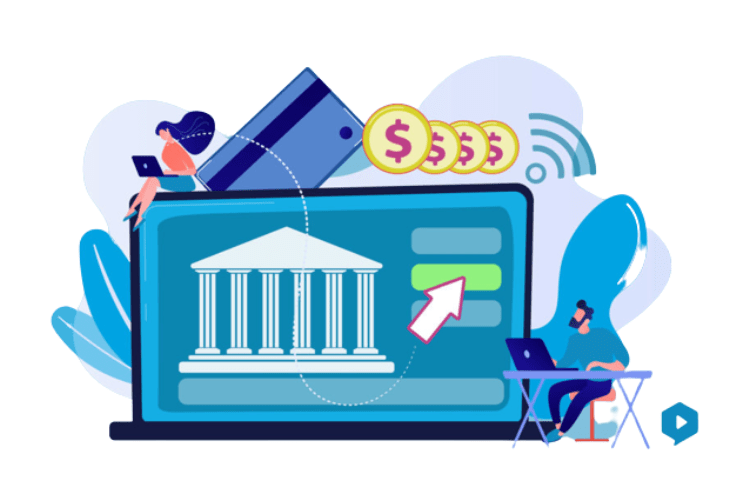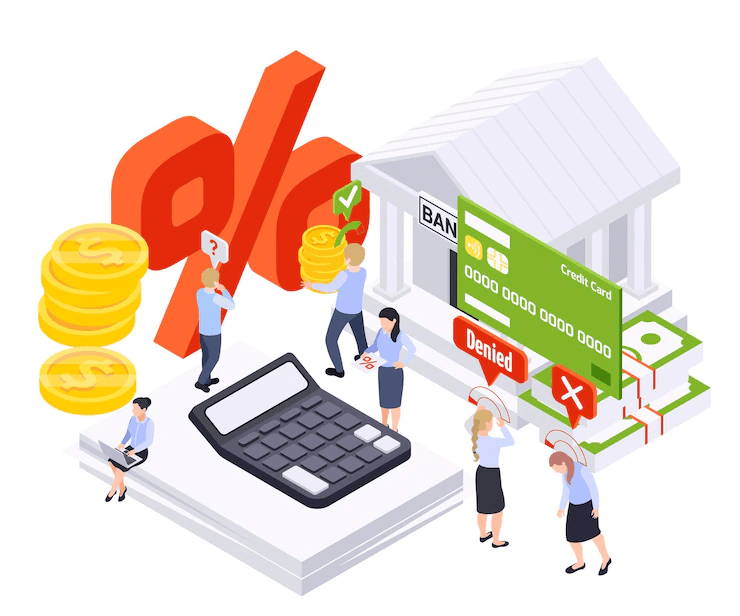Using cards for transactions is the most innovative way to make payments these days. But as we progress towards the future, cards have come in two different forms: virtual cards and physical cards.
Each type has its own unique set of features and benefits which make them suitable for various situations.
In this article, we will be discussing the differences between virtual cards and physical cards, their pros and cons, as well as how to decide which one is best for you.
What are physical cards?
As you can guess by the name, physical cards are traditional plastic cards. These come in the form of credit cards, debit cards, prepaid cards, and many other kinds. Physical cards can be used for making payments at stores, online shopping as well as withdrawing cash from ATMs.
Most banks and financial institutions offer a variety of physical cards for their customers.
What are virtual cards?
Unlike physical cards, virtual cards do not come in a physical form but instead, exist on the web or through mobile applications. Virtual card holders can use them to make payments at stores and online merchants, just like with physical cards.
However, one advantage of virtual cards is that users can generate multiple virtual cards from the same primary account. This allows them to keep track of their spending, create different budgets for various purposes, and even share their funds with family or friends more easily.
Pros and cons of physical cards
Here are some of the advantages of physical cards:
- The cards are widely accepted and can be used in physical stores, ATMs, and online merchants
- They are secure as they come with EMV chips which help protect against fraud
- Cardholders are usually provided with rewards such as cashback or miles for their purchases
- They provide access to different currencies and can be used in many countries
However, there are some drawbacks to physical cards as well:
- The cards can be lost or stolen and must be reported immediately
- There can be fees associated with using the cards
- Cardholders may also have to go through a lengthy process of applying for and being approved for a car
Pros and cons of virtual cards
Virtual cards offer many advantages:
- They are easy to set up and manage as users do not need to apply for the card or wait for it to be delivered
- The cards are secure, as they cannot be lost or stolen because they exist online
- Virtual cards are accepted at most merchants and provide access to different currencies
- Cardholders may also receive rewards when using their virtual card
There are some drawbacks of virtual cards as well:
- The cards may not be accepted at all physical stores and some online merchants
- They may have higher fees associated with them
- Doesn’t work in ATMs and other cash machines

Key differences between Virtual Cards and Physical Cards
Used cases:
Physical cards can be used in physical stores, ATMs, and online merchants whereas virtual cards are accepted only at most online merchants.Security:
Both types of cards come with EMV chips which help protect against fraud but physical cards may be vulnerable to theft or loss while virtual ones cannot.Rewards:
Cardholders may receive rewards when using their physical or virtual cards.Fees:
Virtual cards and physical cards both have associated fees with their use, which can be an issue. But if you want more competitive pricing with both virtual and physical cards, Payine is the best place to start. With Payine you will not only have the best pricing but also have access to the most secure payment methods.Setup and management:
Virtual cards are easier to set up and manage as users do not need to apply for the card or wait for it to be delivered, unlike physical cards.Availability:
Physical cards are available in many countries whereas virtual cards may not be available in certain regions.Cash withdrawal:
Physical cards can be used to withdraw cash from ATMs while virtual cards cannot.
Deciding what is best for you
When deciding between virtual and physical cards, it is important to consider
- What type of payments do you need to make
- Security concerns
- Your business model
- Availability
Overall, physical cards may be a better option if you need to pay in person or use ATMs frequently, whereas virtual cards may be more convenient for online purchases.
Ultimately, it is important to consider your needs and preferences when choosing which type of card is right for you.
No matter which one you choose, Payine is the best place to start for secure payments with unbeatable pricing. Sign up today and get started!
Where to get started with virtual and physical cards?
If you are looking for an easy-to-use, secure, and affordable payment solution, then Payine is the best place to start. With competitive pricing and access to the most secure payment methods, Payine is your one-stop shop for virtual and physical cards. Open your account today!
Conclusion
So there you have it! Virtual cards and physical cards both have their pros and cons, depending on your needs. So make sure to do your research and decide which option best suits your needs. Whether it’s the convenience of virtual cards or the security of physical cards, there is sure to be a card out there that works for you.




